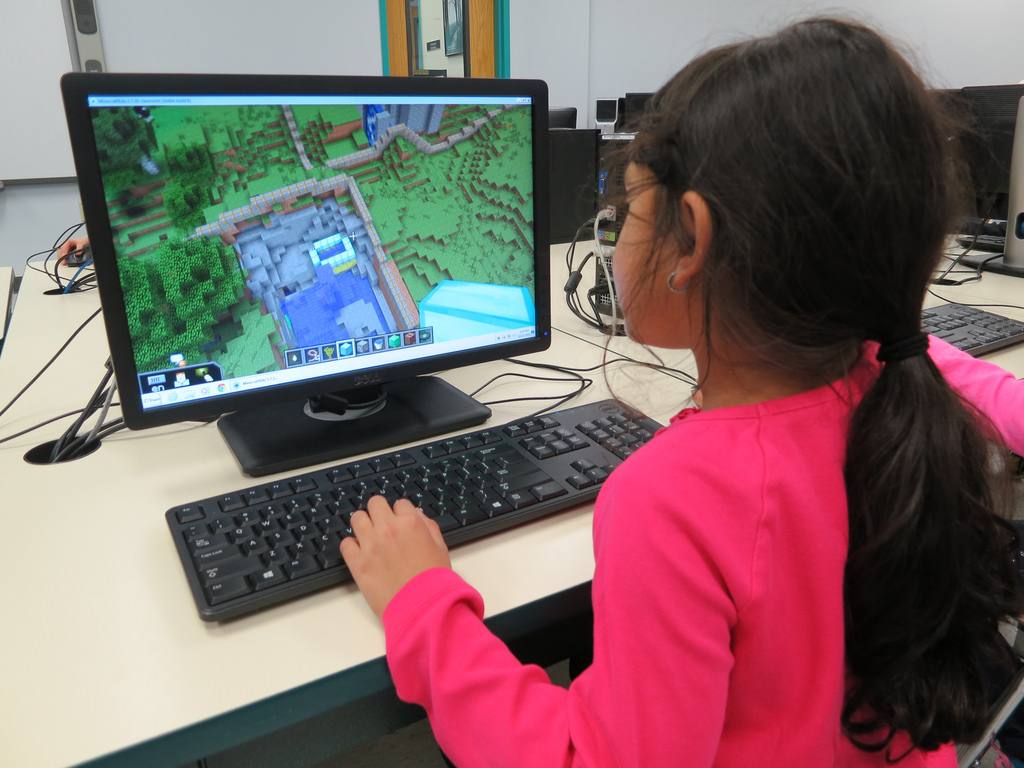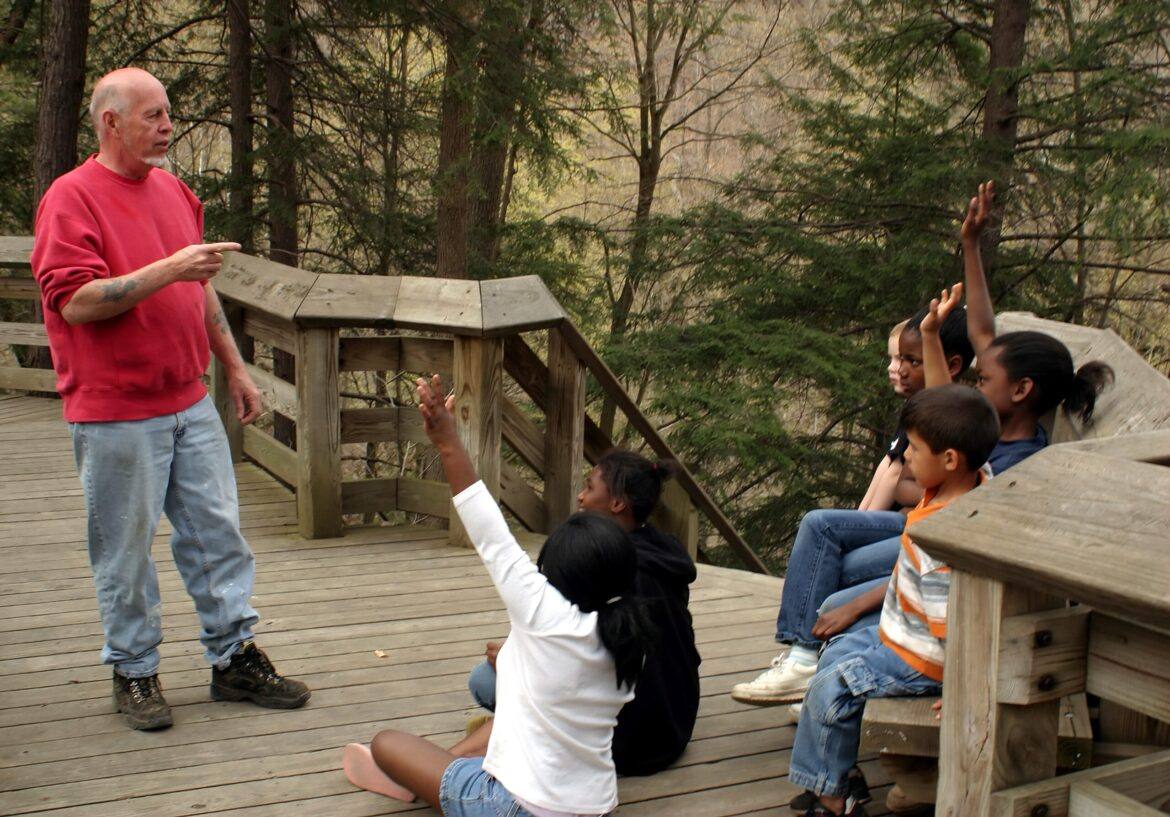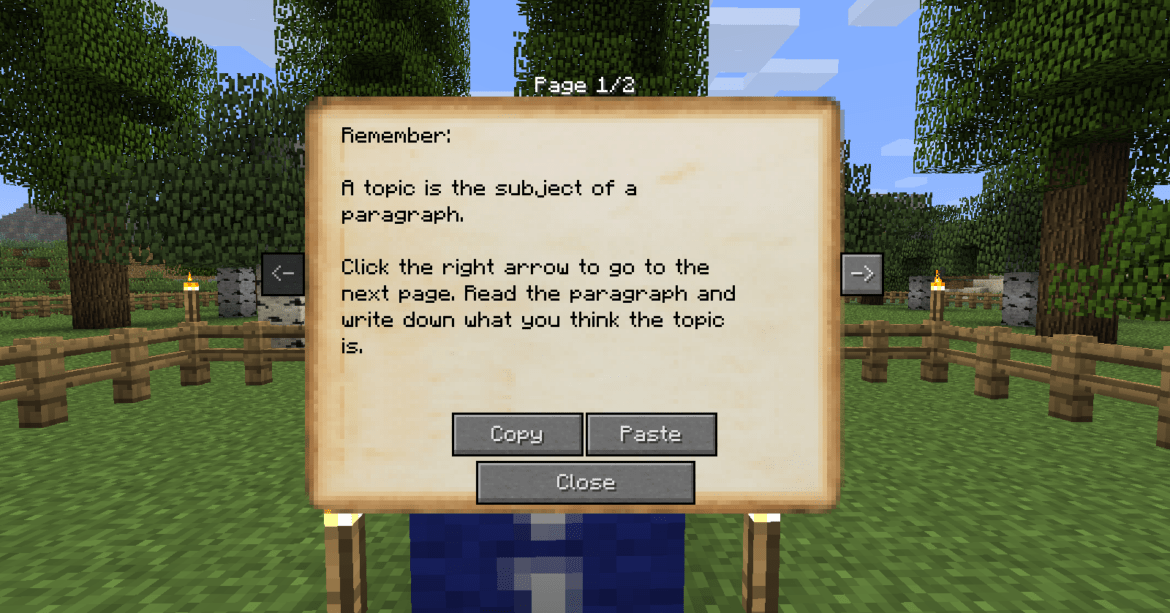Gone are the days when learning meant simply reading through text material. With interactive games and swanky gadgets, learning has not only become easy, but interactive and fun as well!
Besides virtual tours, field days, and other methods of breaking down classroom walls, game-based learning has become one of the most popular ways of learning in recent years. And it’s easy to see why. Research shows that game-based learning provides advantages by being highly engaging, providing learners with immediate feedback, and allowing students to more easily translate learning to a real-world environment. So how do you bring game-based learning into your classroom? There are several things you must consider. You need to think as a gamer first and foremost and learn how to adopt game principles to a learning context.
Here are five tips to get start your classroom on the path to game-based learning success!
1. Choose the Right Game
There are different types of games, from puzzles to adventure games to board games. Before laying your hands on all of them, it is imperative that you analyse them and pick the most suitable one. This will depend on the scenario and on the learning outcomes.
A puzzle-type might be appropriate if you’re trying to build problem-solving skills. These also make good ice breakers! Here are some examples to try. A quiz style game can be helpful if you want to see how much students have retained after a lesson. Quizizz or Kahoot! are good sources for creating game-based assessments. There are also simulation games that can help students learn a skill or experience something they might not be able to do in real life. For example, if you are teaching a biology class, your students can practice dissecting animals to learn about how their bodies work. You can even find games to help students develop their coding skills!
2. Fuse Learning with Real-World Situations
Choosing a game that replicates real-world situations for the gamer will help them get the most out of the learning. This also gives the gamer positive reinforcement as he can see how his problem-solving skills or knowledge can lead to improved results. The gamer sees how she can connect the game to real life and uses the same strategies for success. Thus, it becomes a repetitive behavior transferable to her working environment.
3. Empower the Gamer
As with any game, in game-based learning, the learners should know the course of action and the consequences of their actions. This helps them make informed decisions. They can learn from their mistakes and build on their successes. Without this agency, your gamer will be put off and be less likely to continue to pursue the game. Giving the gamer agency also encourages them to take chances and be empowered in other aspects of learning. They will learn to ask questions, try, fail, and try again.
4. Let Them Be Part of the Game
To maximise the results, the gamer should be made part of the game instead of being only the one who controls the characters. Doing this will not only improve the experience, but improve the results as well. For example, you can let the game player become the game maker. This helps them understand how a game works and empowers them with their own ability to create content. There are a number of resources that you can use with students to help them create their own games.
5. Keep Game-Based Learning “Just Right”
The game must be challenging, but not so challenging as to discourage learners. At the beginning of the game, let the gamer get used to the environment. As the game progresses, increase the level of challenge. If the gamer doesn’t face any challenges, she will not engage and, as a result, will lose interest. However, don’t underestimate your students’ abilities. One of the best things about game-based learning is that it is easy to scaffold for different levels. Make sure to supply some true challenges for your strongest game players to take on.
Do you have any favorite tools, tips, or resources for game-based learning? We hope you’ll share them in the comments below.
This is a guest blog by Farid Gasim. Farid is the founder of Edarabia.com and has extensive experience in serving the Middle East education industry. As an integral part of media agency, Grafdom, Farid has developed marketing strategies for institutions and government agencies. He is a notable speaker with over 12 years of marketing expertise and numerous public engagements at New York University, Zayed University, Higher Colleges of Technology and other industry events and forums.




